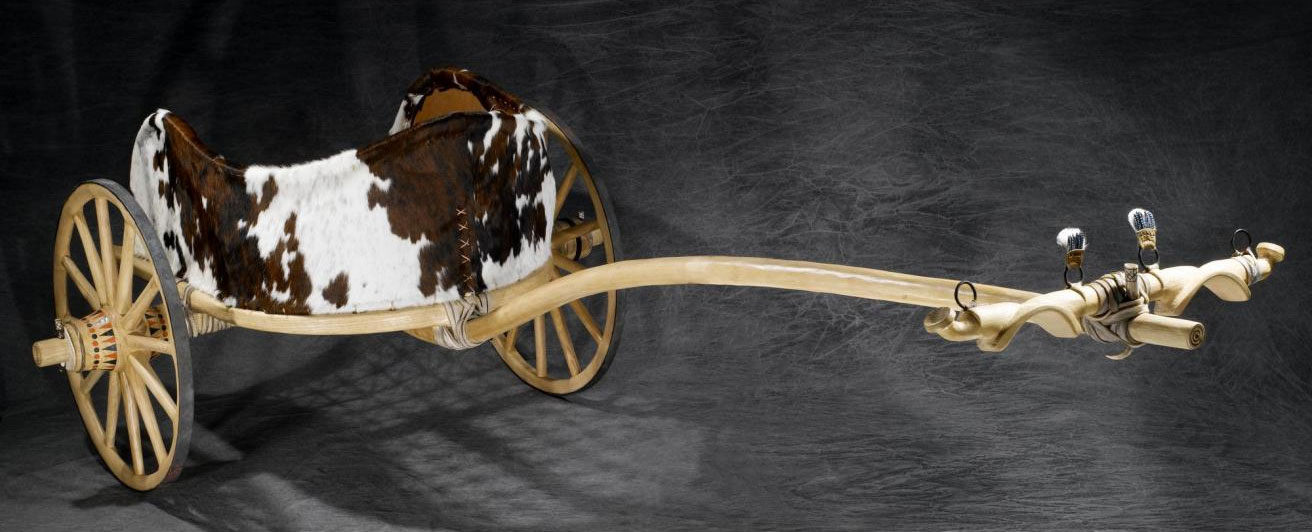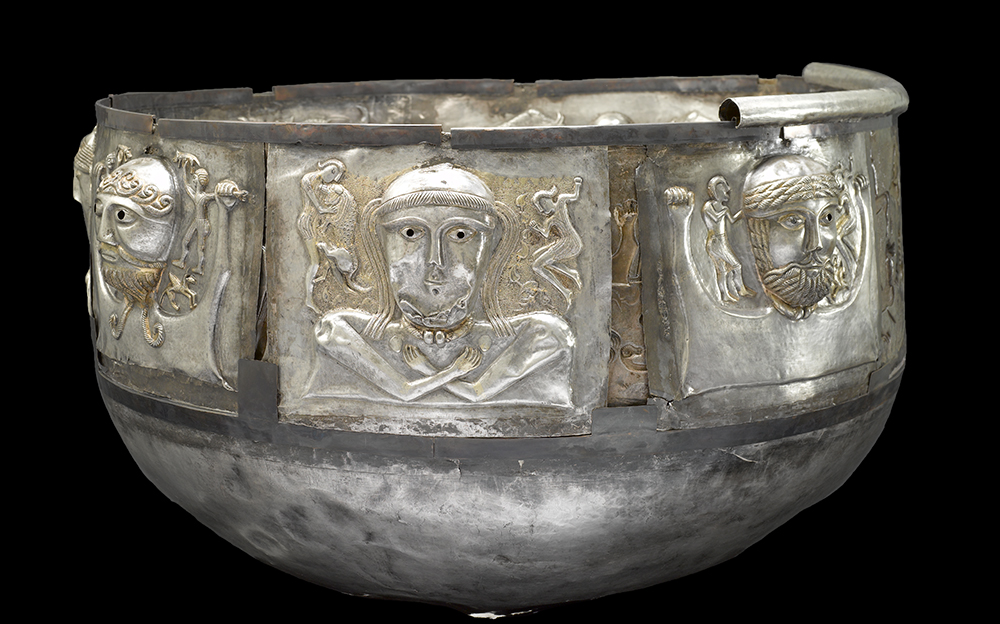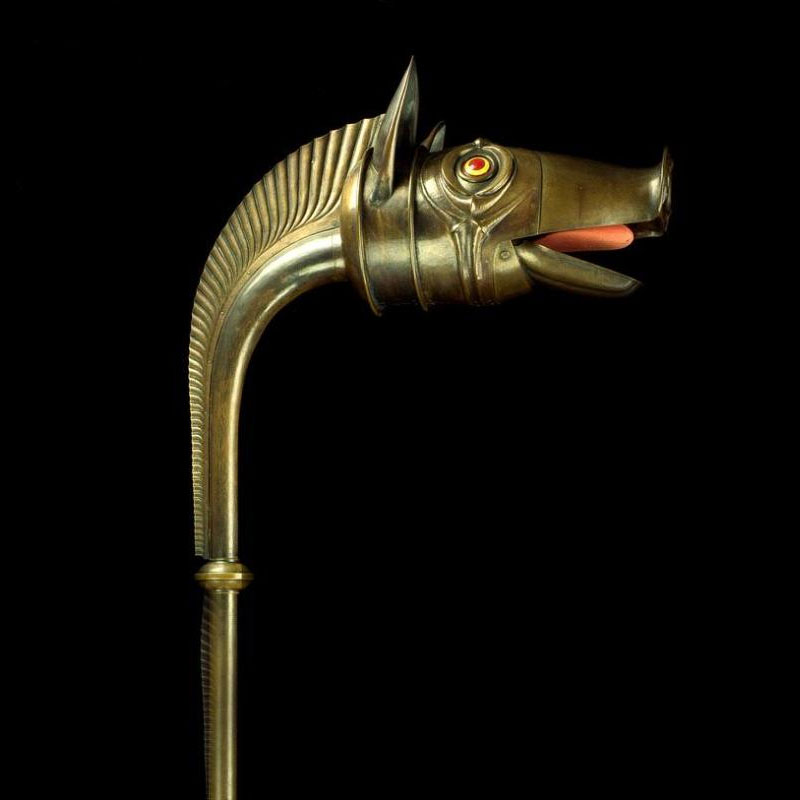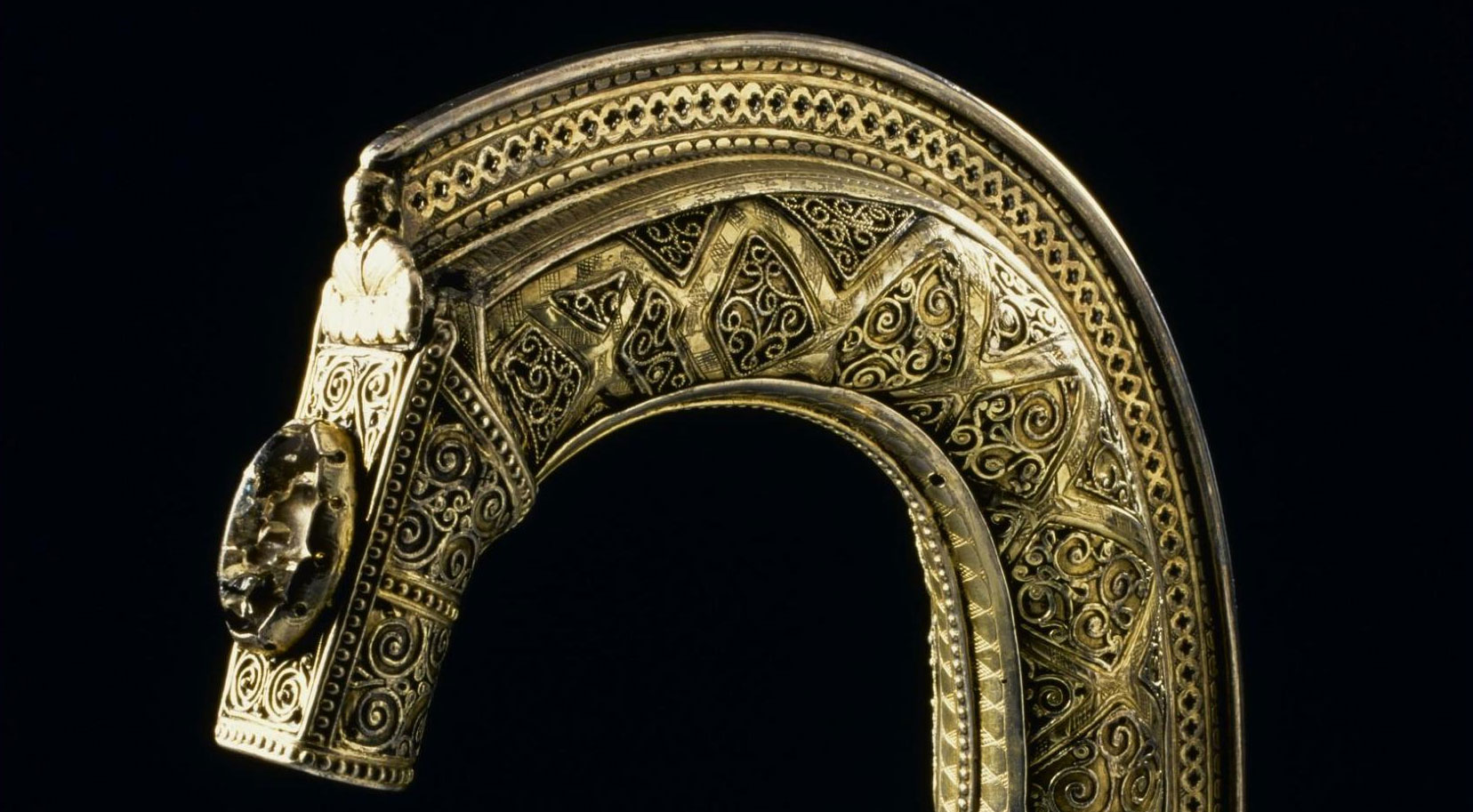Welcome to the guest blog by class seven from Bunsgoil Taobh na Pàirce school in Edinburgh.
The whole school (except Primary one and the Nursery) went to the National Museum of Scotland to see the Celts exhibition. We speak a Celtic language in school and we are all bi-lingual (or tri-lingual or quad-lingual).

We enjoyed looking at all the artifacts. Class 3 said they thought the Newbridge Chariot reconstruction was the best thing, but Class 4 said the torcs were their favourite.

Class 6 really liked the Gundestrop cauldron, but it was the old writing that Class 5 liked the most. Finally Class 7 found the Deskford carnyx the most interesting.

We had the opportunity to learn about who the Celts were and we found out about culture, language and lifestyle. We learnt that there were a lot of peoples called the Celts. There were lots of languages, in lots of countries across Europe. Class 3 learnt about artwork and weapons for fighting. Class 5 said that they learnt about the Celtic patterns. Class 6 and 7 learnt lots of Celtic stories about ancient heroes.

There is nothing written by the ancient Celts but the Romans wrote about them and in their opinion the Celts were barbarians. There are old Celtic books that are very beautiful e.g. The Book of Kells.
There are only six Celtic languages left; in Brittany, Ireland, Cornwall, Isle of Mann, Wales and Scotland and Gaidhlig is one of the Celtic languages. We enjoyed learning about the Celts at the National Museum of Scotland, the National Library, Edinburgh University and through stories. It was an interesting, wonderful and creative project.
Thank you from Class 7.
Celts is a major exhibition, organised in partnership with the British Museum, which unravels the complex story of the different groups who have used or been given the name ‘Celts’ through the extraordinary art objects they made and used. Showing until 25 September http://www.nms.ac.uk/celts